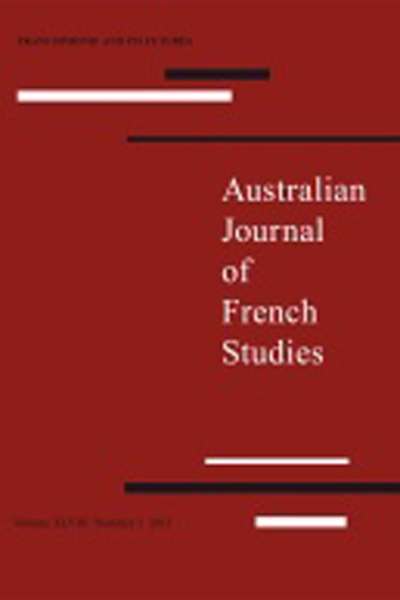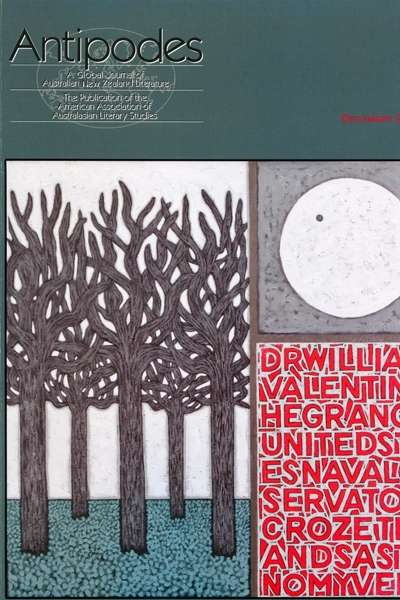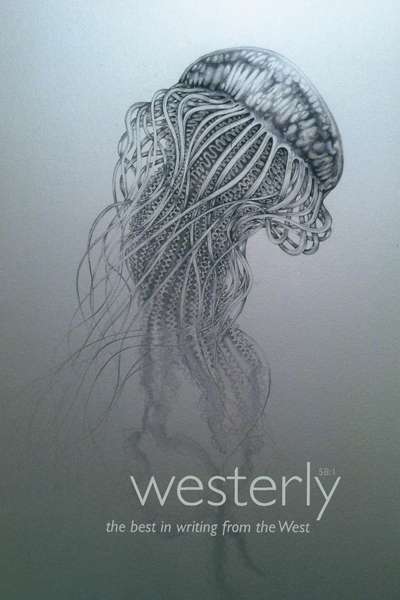Journals
Cordite Poetry Review: Issue 46.0 edited by Kent MacCarter
by Peter Kenneally •
Transnational Literature: Vol. 6, No. 2 by Gillian Dooley
by Jay Daniel Thompson •
Australian Poetry Journal: Vol. 3, No. 2 edited by Bronwyn Lea
by Des Cowley •
The Sleepers Almanac: No. 9 edited by Zoe Dattner and Louise Swinn
by Luke Horton •
SOUTHERLY: VOL. 73, NO. 2 edited by David Brooks and Elizabeth McMahon
by Nigel Featherstone •
Australian Journal of French Studies: Vol. L, No. 1 edited by Brian Nelson
by Colin Nettelbeck •










